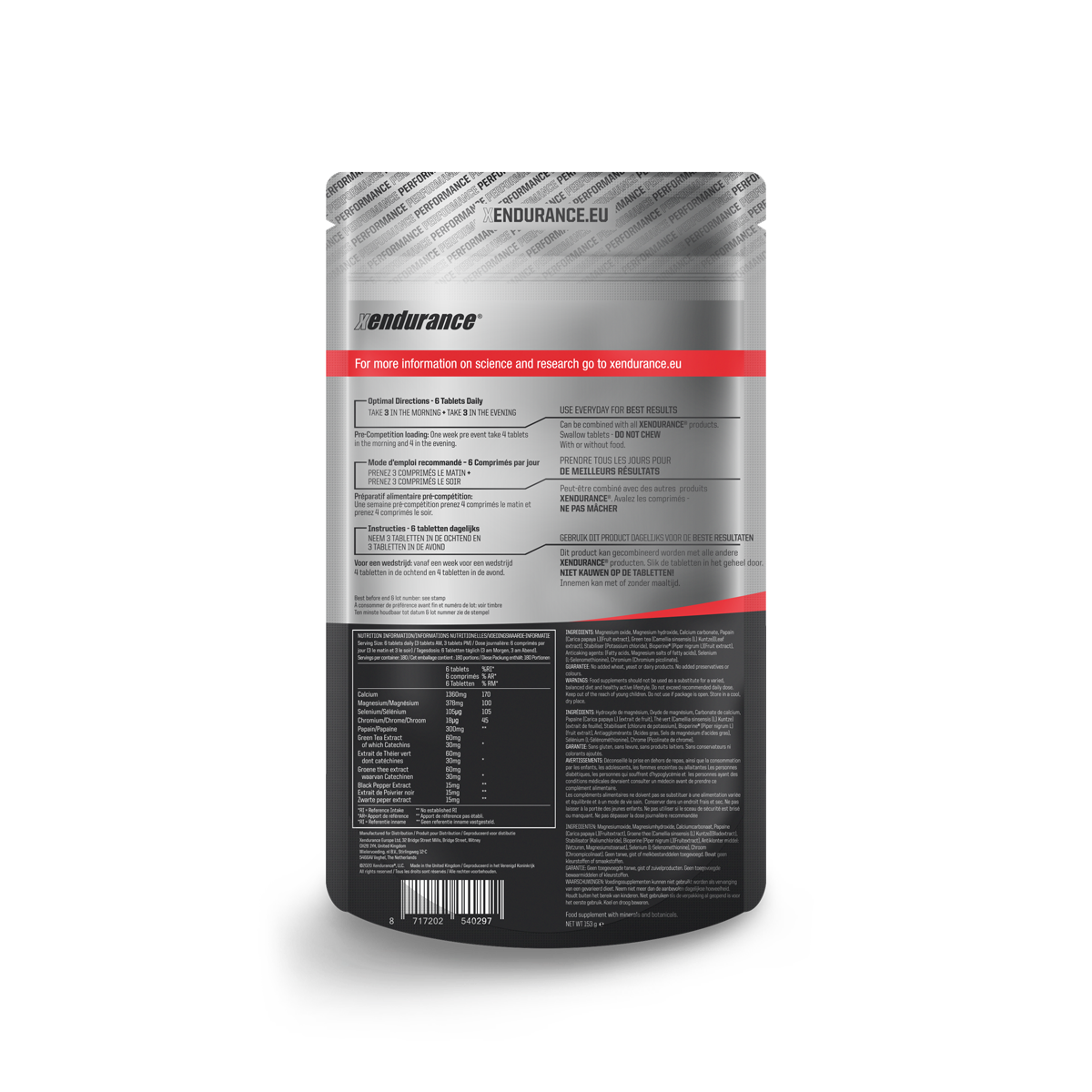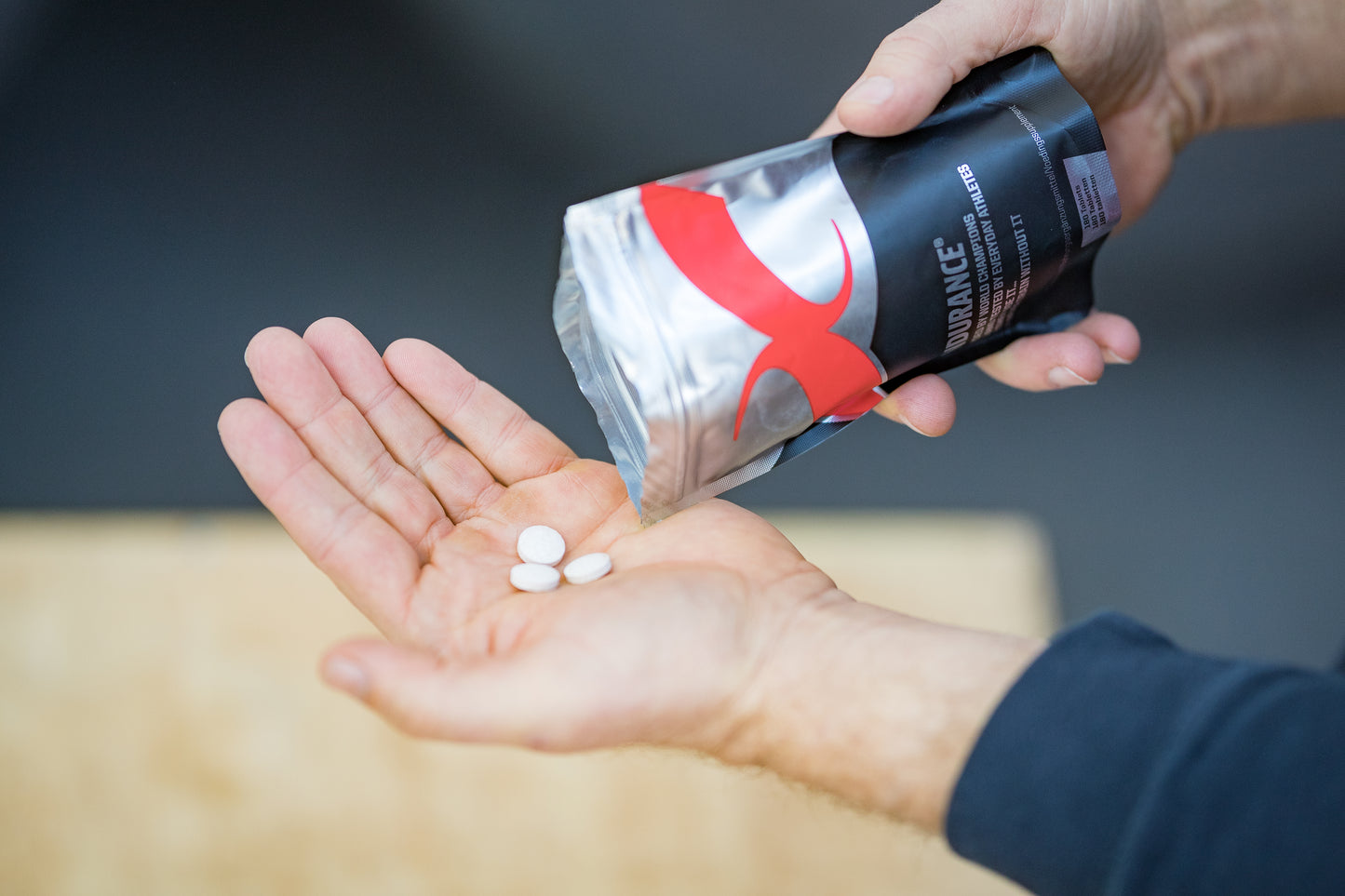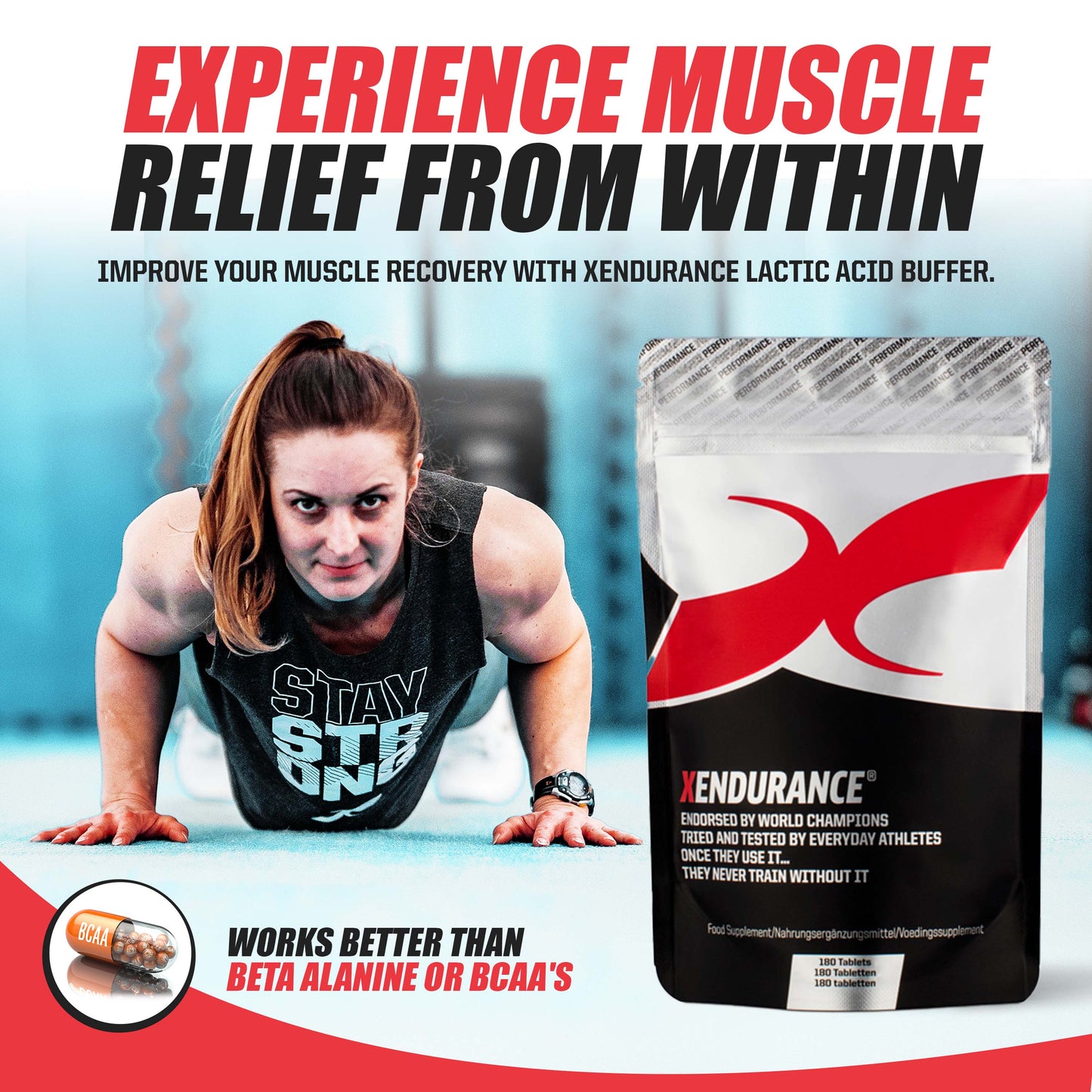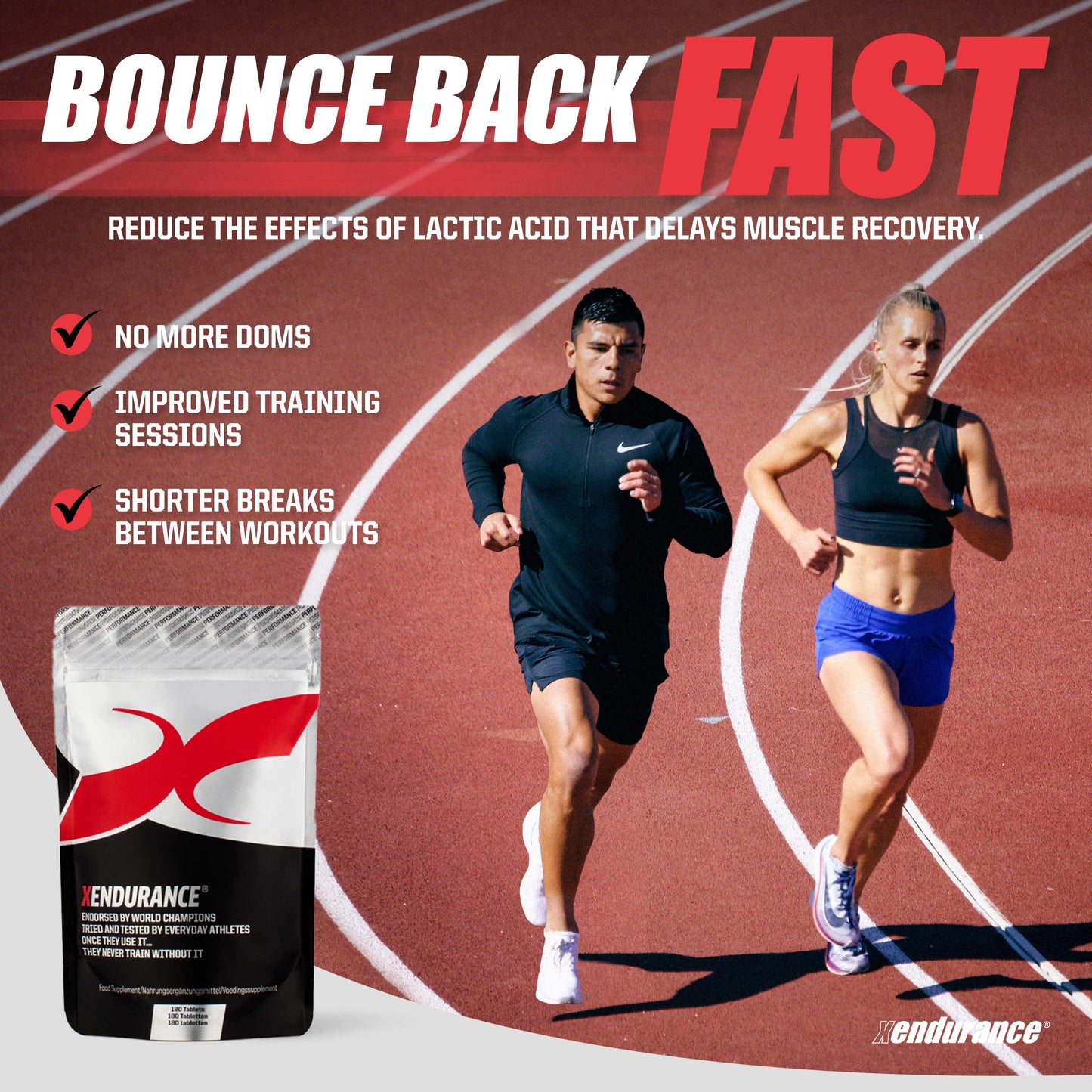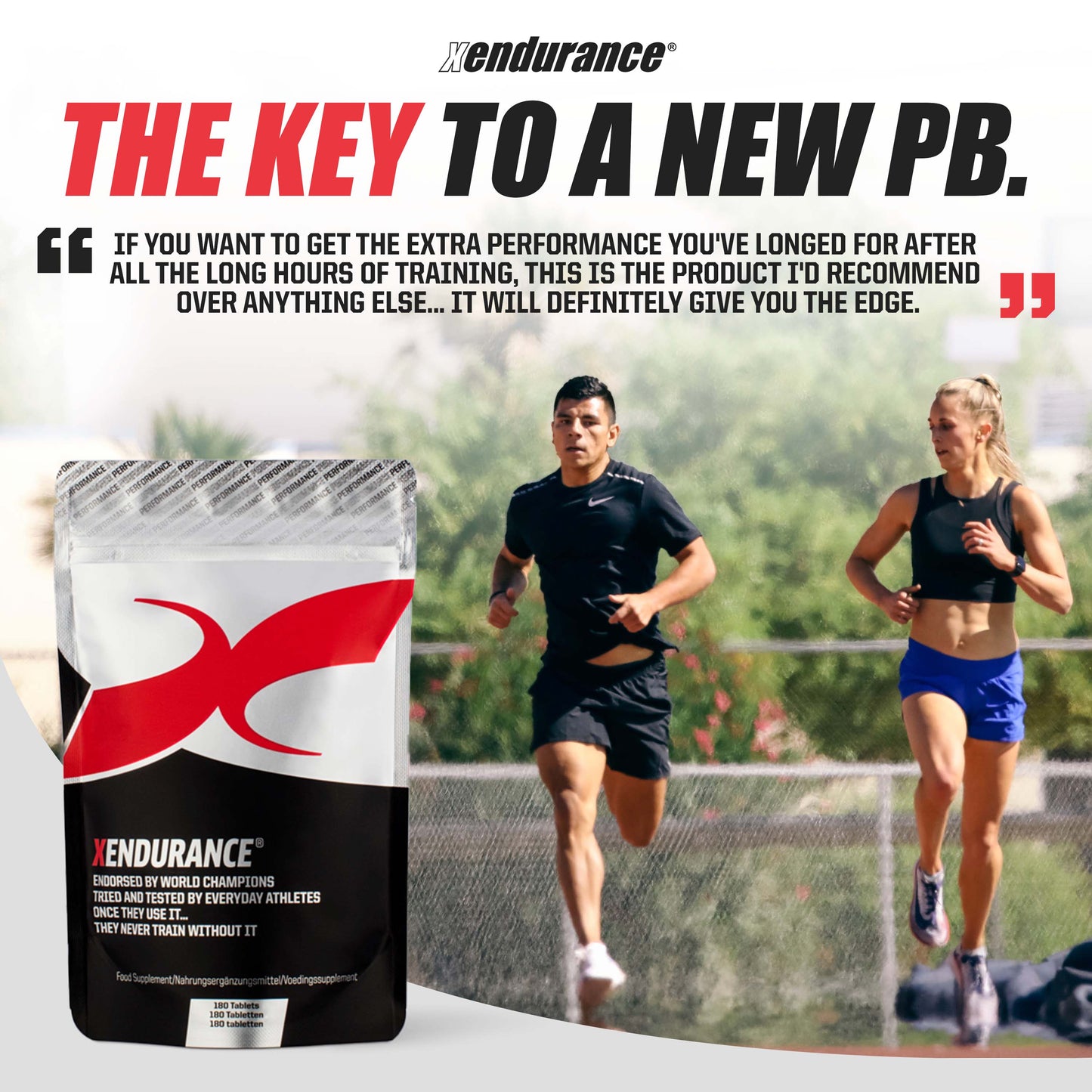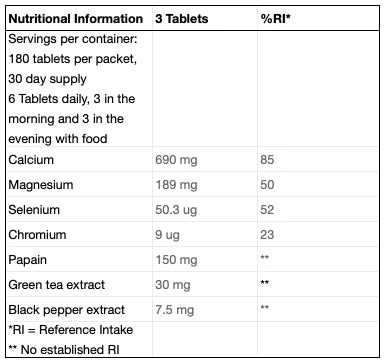In 1981, Dr. Robert Laird was asked to lend a hand at a triathlon moving from Honolulu to the Big Island of Hawaii. As a local pediatrician with a background in competitive swimming and running, his friend thought he would be good to have around in case anything happened during the swim. Laird showed up with a stethoscope and stood by the finish line, not really knowing what to expect. That was the extent of the Ironman Hawaii medical tent that year.
During the early days of Ironman, the guidelines for medical care simply didn’t exist—the sport of triathlon was new and no one yet knew the limits of the human body. Many of the things athletes were experiencing shocked Laird, who returned to serve as medical director in 1982 (and every year thereafter). He almost quit after a particularly bad race, when faced with a tent full of athletes seizing and vomiting without enough volunteers or beds to keep up with demand.
“I’m a pediatrician, so this was not something that I was prepared for,” Laird said. “I just thought, ‘This race is not a reasonable thing to put your body through.’”
As we all know, the race grew fast—it swelled from 326 competitors in February 1981 to 850 in October 1982—so fast that the medical team ran out of supplies at almost every race in the early to mid-1980s. Laird realised early on that to host a race of this magnitude he would need more logistic and medical support. Kona’s hospital and A&E were too small to staff the event (to this day the hospital has less than 100 beds); they were going to need medical staff from elsewhere.
The solution was to create a sports medicine symposium to bring medical professionals to the island. In the days leading up to the event, they would discuss endurance-specific issues, with the option to volunteer in the tent on race day. The race’s rising reputation attracted top experts from around the world who were eager to see first- hand what the body went through when it endured 140.6 miles of exercise.
Naturally the medical conference raised lots of questions about every aspect of endurance exercise. What better way to answer those questions than to study the best athletes racing the toughest race in the most excessive conditions? The Kona medical tent made for the ultimate exercise physiology lab. Laird had already started to keep statistics in 1982, including everything from finishing rates to the amount of IV fluids administered and the number of athletes hospitalised, and future research would only further quantify and qualify what happens when racing in extreme conditions. Over the last 30 years, research findings in the Kona medical tent have paved the way for correctly diagnosing and treating endurance athletes who have undergone an extreme physical test, and many of the treatment methods used in triathlons and marathons today were pioneered at Ironman Hawaii.
“When we first started, there was just no information on endurance athletes,” Laird said. “Now there’s a huge wealth of it. One of the main contributions we’ve made over the years is to serve as a teaching laboratory on Ironman day. Most of your main researchers have been in the Kona medical tent here at least once. That’s probably one of the things I’m proudest of—the dissemination of information on how to treat an athlete in distress.”
One of the biggest breakthroughs to come out of Kona research was describing exercise- associated hyponatremia, an electrolyte condition that occurs when athletes take in too much fluid and dilute the sodium content in the blood. Those suffering from hyponatremia would typically gain weight as a result of all the body’s retained water. Dr. Doug Hiller spearheaded one of the first studies on the condition in the ’80s. During a race early in his triathlon career, he wound up in his own A&E at the Pennsylvania Hospital, where he was working as a medical student at the time. “At that point I realised there were limits to human performance,” Hiller said. He did the Hawaii Ironman from 1982 to 1984 and became intrigued by the physiology of the sport. While doing a fellowship at the University of Pennsylvania’s NASA lab, he had the freedom to research outside of his required projects and chose to look into ultra- endurance exercise, defined as activity lasting longer than four hours. “I asked a medical student who was helping me to find every paper written on it,” Hiller said. “He found all one of them.” It was a walking study. The conclusion was that you couldn’t walk for more than eight hours with your heart rate above 135.
“It seemed everyone back then knew that you couldn’t exercise for more than three hours at a time because you’d run out of glycogen,” Hiller said. “But I had just seen Dave Scott run a sub-three-hour marathon after riding his bike as fast as he could for five hours, so I knew that was hogwash.”
Recognising the huge opportunity for research, Hiller recruited some of the top doctors at University of Pennsylvania Medical School as well as an unknown 1 9-year-old by the name of Ken Glah to use as a test subject. (Glah would go on to record 26 consecutive finishes in Hawaii and place 10 times in the top 10 throughout his career.) The “Labman” team, as they became known, consisted of Hiller, Laird, Pam Douglas, Mary O’ Toole, Japanese doctors Hiso Iwane and Toshihito Katsumura and, for a short period of time, Ferdy Massamino. Together they performed studies at races around the country, using a donated 11.5m Winnebago rolling research laboratory.
As the self-proclaimed Tom Sawyer of the Labman group, Hiller “got stuck” with electrolytes for his first Kona study in 1984. “Everybody ‘knew’ that electrolytes didn’t change because the body knows how to adapt properly,” Hiller said. The team drew blood from 72 athletes in Kona and compared pre- and post-race electrolytes. Not surprisingly, everyone was normal before the race, but after the race many of them were hyponatremic, or sodium-depleted. Up until that point hyponatremia was more of an issue for slower athletes who tended to overhydrate. But the athletes in the study were not only hyponatremic—they were also dehydrated. “It blew my mind because I couldn’t find anything about that in medical literature,” Hiller said. “I didn’t even want to publish it because I was kind of afraid there was something I didn’t understand.”
He did later publish it and presented it at the American College of Sports Medicine (ACSM). The head of physiology at a major medical school dismissed the study, claiming the lab had obviously made a mistake. Despite the initial pushback—and a generation of debate to follow—this particular study was the first to report exercise-associated hyponatremia in triathletes. It immediately changed the treatment of those with symptoms.
“No one had ever done a study that affected the IV fluids we gave people in the tent,” Hiller said. “Before we came out with this study in 1985, they used half-normal saline, which is water with half as much salt in it as you have in your body. For all the long- distance races we immediately changed to normal saline with sugar in it. In fact, [if you] give somebody half-normal saline who is hyponatremic, especially overhydrated, you could end up with a really serious problem.”
Laird instituted pre- and post-race weighing to quickly identify dramatic weight changes, and now athletes at all Ironman events are weighed before they compete. In the first few years of Ironman, officials pulled athletes off the course if they lost more than five per cent of their body weight at periodic checkpoints. Nowadays a five per cent loss just means you’re a candidate for an IV. If you’ve gained weight, that’s an obvious sign of hyponatremia, which needs immediate and serious attention. One young English pro wound up in a coma for four days in 1984 before eventually recovering. At the world championship last October, an athlete misjudged fluid intake and gained 3.6kg during the race.
“When he came into the medical tent he was lucid and tired,” Laird said. “We could immediately tell there was a problem when he stepped on the scale, so we got electrolytes in him and treated him really quickly. He still ended up in the ICU at the hospital overnight.”
One of the most famous cases of an athlete who tended to get hyponatremia was six-time Ironman world champion Mark Allen. Allen had just won the first short-course ITU World Championship in 1989 when he met Hiller, the head ITU doctor for the U.S. at the time. At that point, Allen had had success at many races but hadn’t yet cracked the code on Ironman Hawaii. Hiller invited Allen to come to the sports research lab at Duke University, where he was doing his sports fellowship.
“We had suspected that he was hyponatremic from the blood work we’d done on him [after the race] in 1984,” Hiller said. “He said he really wanted to go to our lab before competing that October.” At the lab, Allen swam for an hour then rode a stationary trainer for six hours in an environmental chamber set at 38C and 50 per cent humidity. The trainer sat inside a children’s pool that collected all of his sweat. “If you can imagine, it’s like a big microwave oven that can only fit a guy and his bicycle,” Hiller said. “I think he said, ‘Stick a fork in me when i'm done.’”
After his ride, Allen ran on a treadmill in the chamber at six-minute miles for an hour. It started smoking. They hauled in another treadmill and he ran for another hour. That treadmill also started smoking. Afterward they analysed his sweat from the Kona-like conditions. “It turned out he was losing a huge amount of sodium,” Hiller said. “We calculated how much salt he needed to take in for Ironman and recommended a product—maybe one of the first gels—that had a lot of sodium.”
The recommendation came just in time for the epic Iron War of 1 89, when he ran shoulder to shoulder with Dave Scott before passing him in the final miles to win his first Ironman World Championship.
PAVING THE WAY
Once the Labman team started describing and treating new medical conditions, more studies were done in Kona every year. The team’s main cardiologist, Pam Douglas, was most interested in studying cardiac performance before and after prolonged exercise at Ironman, since at the time they started in the ’80s, “prolonged exercise” meant “greater than 30 minutes.”Labman was among the first to fully describe “athlete’s heart,” the syndrome in which the heart becomes enlarged due to excessive exercise. “The heart is muscle, like our arms and legs. If it is exercised, it gets a bit bigger,” Douglas said. “The problem is that heart disease and high blood pressure can also make the heart bigger. Our work provided a road map for differentiating between changes in cardiac size and shape due to healthy activities like exercise and changes due to disease.”
Douglas and team also discovered the phenomenon of cardiac fatigue, which changed the thinking about how the heart responds to stress. It was thought that a healthy heart would never show a reduction in function or leak muscle proteins into the blood stream, but both happen during Ironman and don’t seem to have any long- term negative effects. She was able to use her findings of cardiac fatigue in healthy athletes to help scientists understand more about sick non-athletes with heart disease. Another discovery occurred in 1993 when a group of researchers performed a double-blind study on muscle cramping. They became the first to use magnesium sulfate, dripped in slowly with fluid through an IV, as an efficient treatment for severe muscle cramping,a method still used today.
“Once we started doing research, we came up with anything we could think of that would possibly be interesting in exercise,” Hiller said. “It wasn’t science in the sense of ‘Let’s get together and get the same answer.’ It was the kind where no one knows the answer and you all try to go figure out what it is and go defend it. We looked at cramping, hemoglobin in stool, breakdown products in the blood, muscle and cardiac enzymes, psychological issues. We were the first or one of the first to describe a large number of things.”
The research has been vital to the sport, but equally as important are the med tent protocols Laird established for caring for athletes. He developed standards that were passed on to other races around the world, recommending the amount of equipment, supplies and personnel needed to handle the volume of athletes flooding the tent every year.
“[Ironman Hawaii] was the first large triathlon event in the world,” said Dr. P.Z. Pearce, the current assistant medical director for Kona and medical director at other Ironman races. “We’ve pioneered things as simple as what time you’ll see people in the medical tent to how many people come in per hour.”
Laird also introduced mobile medical vans on the course as an alternative to just stationary tents. At the 2011 Hawaii Ironman, there were seven vehicles on course carrying small medical teams, complete with GPS tracking devices that sent information back to a central communication system.
RACING IN THE HEAT
The Ironman Hawaii doctors have seen athlete after athlete collapse right after crossing the finish line, and by now they know it’s usually a result of dehydration, the primary reason for a medical tent visit.
Anyone involved in the sport of triathlon will remember the 1982 video of Julie Moss falling, staggering, then stumbling across the Ironman finish line. To the average onlooker, what Moss’ body was going through looked serious. But as Laird remembers, “She didn’t look that good when she crossed the finish line, but within a couple of hours she was showered and dressed and talking to the press. Her primary problem was dehydration.” With a quick IV, she recovered pretty quickly.
When the legendary Paula Newby-Fraser collapsed before the line, Laird says she just ran out of gas. “I remember talking with her a long time and she really felt terrible, but I could tell just by talking with her that she was probabaly going to be OK,” he said.
Kona’s infamous heat takes a toll on athletes, yet the finishing rates are extremely high—likely due to the quality of the field— hovering around 90 to 95 per cent. Dr. Robert Sallis, Ironman Sports Conference co- chairman, has been involved with the medical tent and conference since 1996. Sallis has done multiple studies on topics such as athlete weight changes, pre-existing medical conditions common in Ironman athletes and bone density.
While heat stroke may seem probable in Hawaii’s steamy temps, the likelihood is actually very low. “We don’t see it much at Kona at all,” Sallis said. “This race is so long and the athletes are a select group who are in good shape. To get heat stroke you really have to generate a lot of internal heat by pushing hard, so we’re more likely to see it in shorter races.”
One factor Sallis sees as a massive threat is wind. He says it causes sweat to evaporate very quickly and it makes the athletes work harder, putting them at a higher risk for dehydration.





